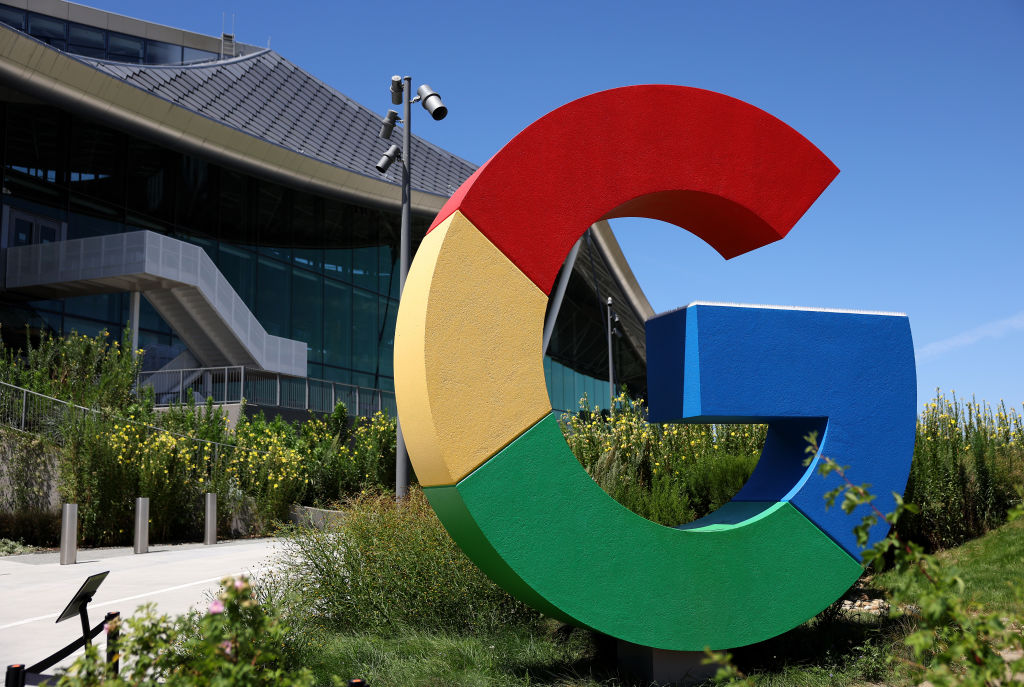California may punt on paying reparations to the descendants of slaves
ONE CITY block in Manhattan Beach, a ritzy town just south of Los Angeles, is not like the others. On a hill above the shoreline, sitting snug between McMansions masquerading as beach houses, is a grassy area. A square monument, inscribed with “Bruce’s Beach Park”, invites visitors to read about the history of the place. In the early 1900s, this land belonged to Charles and Willa Bruce, an African-American couple who ran a beach resort for black Angelenos. Unhappy with their new neighbours, white residents of Manhattan Beach persuaded the city to seize the land. In 1924 Bruce’s Beach, as the resort was known, was condemned. Last year, nearly a century after their land was stolen, the city transferred the land to the Bruces’ great-grandsons, who then sold it back to LA County for nearly $20m.
The return of Bruce’s Beach to the Bruce family was part of a national reckoning. After George Floyd was murdered by a police officer in Minneapolis in 2020, sparking weeks of protests, municipalities around the country agreed to study reparations for slavery as a way to atone for America’s original sin and the legacy of segregation. “The essential component of a reparations programme”, argues William Darity, of Duke University, “is the elimination of the racial wealth gap.” In 2019 the median net worth of black families was roughly 13% that of white ones, according to the Federal Reserve’s most recent survey of consumer finances. Things look even worse in southern California. One study from 2016 suggests that black residents of Los Angeles possessed about 1% the wealth of their white neighbours.
California, which prides itself on being a laboratory for America’s most progressive policies, jumped in head first. In 2020 San Francisco’s Board of Supervisors, the city council, established a task force to study reparations. Activists in Los Angeles want reparations for (mostly…
2023-06-08 08:48:58
Link from www.economist.com

















